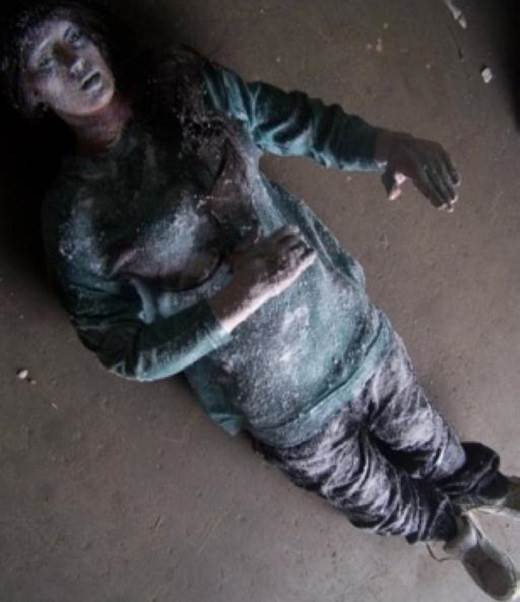The infamous Mount Everest disaster of 1996 has been the subject of much controversy. But on a day when 8 climbers died, what’s perhaps most remarkable is that Seaborne Beck Weathers wasn’t one of them.
A pathologist from Texas, Beck was one of the paying clients who made up the Adventure Consultants expedition of about 18 individuals led by experienced guide Rob Hall.
Two other expeditions, all with similar numbers of people, were also attempting to summit via the South Col route on the same day – May 10th.
Whether over-crowding, wilful ignorance of the weather warnings, or the over-ambition of expedition leaders driven by commercial imperatives was to blame is up for debate.
But when a storm rolled in early in the evening of May 10th, a lot of climbers were caught near the summit. They were exposed and in danger – well above the 8,000 metre line known as the “death zone”, in which the human body and brain slowly start to shut down, even with supplemental oxygen.

Weathers had previously had eye surgery which affected his vision at altitude, so he couldn’t see properly as he climbed up from Camp IV in the early hours of the morning. But he was unwilling to give up his attempt on the summit, so waited to see if his vision would improve when the sun rose.
He never made it to the top, but the delay meant he was one of those still stuck high up on the mountain when the storm struck.
They were exposed and in danger – well above the 8,000 metre line known as the “death zone”, in which the human body and brain slowly start to shut down.
Already disorientated, he and a group of climbers became completely lost as the visibility plummeted. Confused and weakened by the lack of oxygen to the brain, they staggered round the South Col for several hours, searching vainly for Camp IV.
A rescue effort led by the Kazakh guide Anatoli Boukreev saved several climbers during a lull in the storm, but by the time Boukreev arrived, Beck was nowhere to be found.
The following day another rescue effort found Beck and fellow climber Yasuko Namba but turned back, believing the two were so weak that they were beyond help.
Although Namba never made it, Beck somehow staggered back into Camp IV under his own steam. He was suffering so badly from frostbite and the effects of oxygen deprivation that once again his fellow climbers judged that he wouldn’t make it. The best they could do, they thought, was to make him comfortable until he died.














